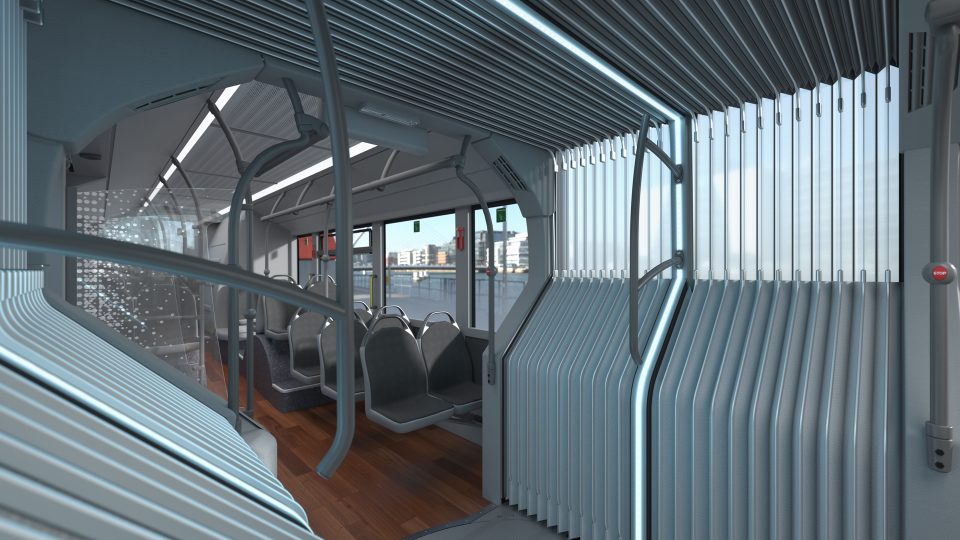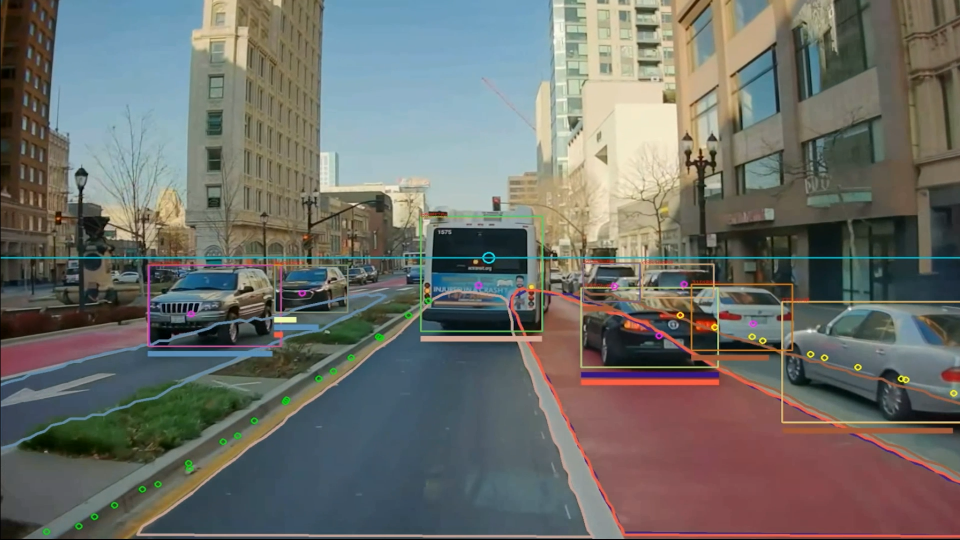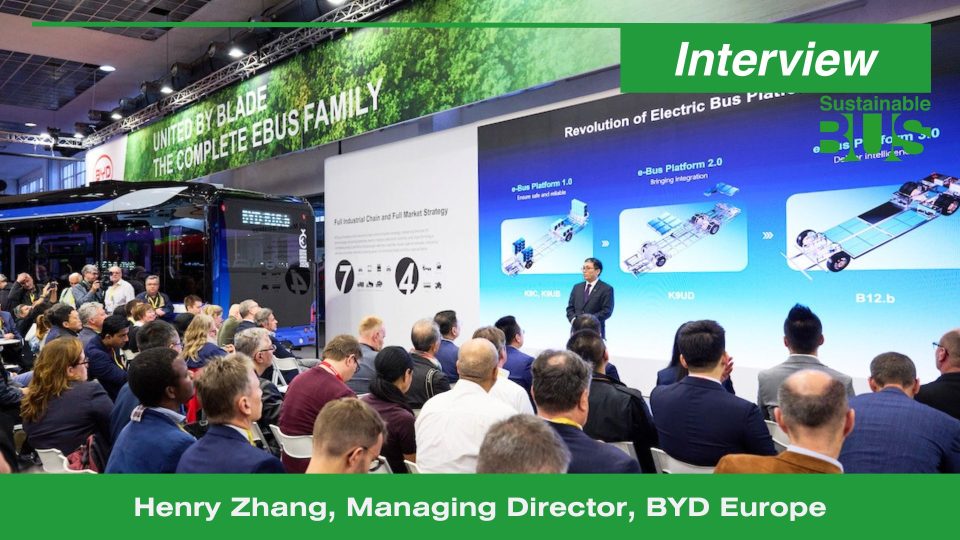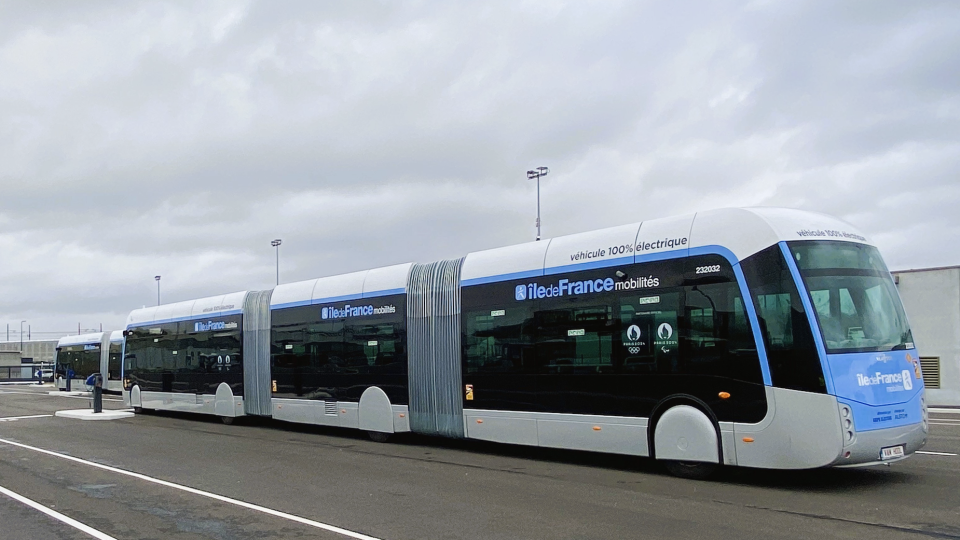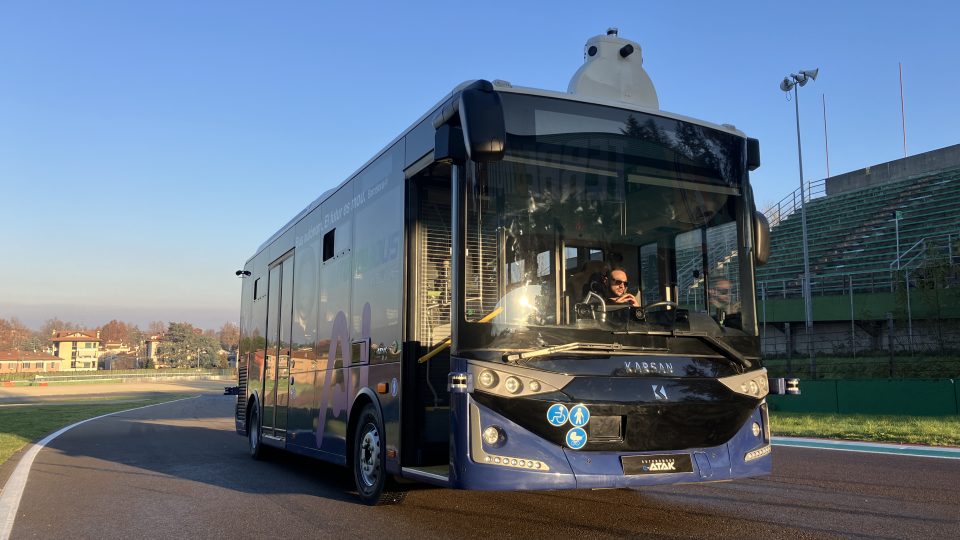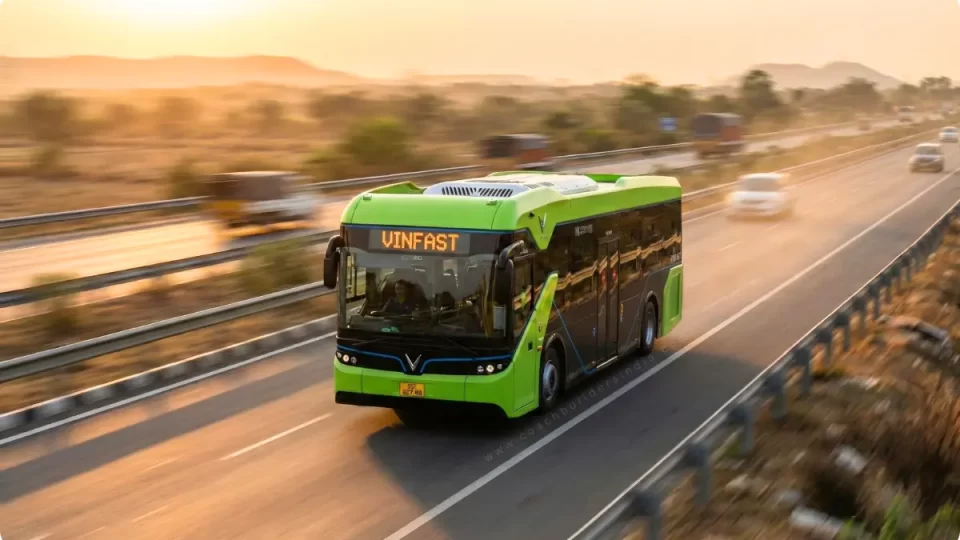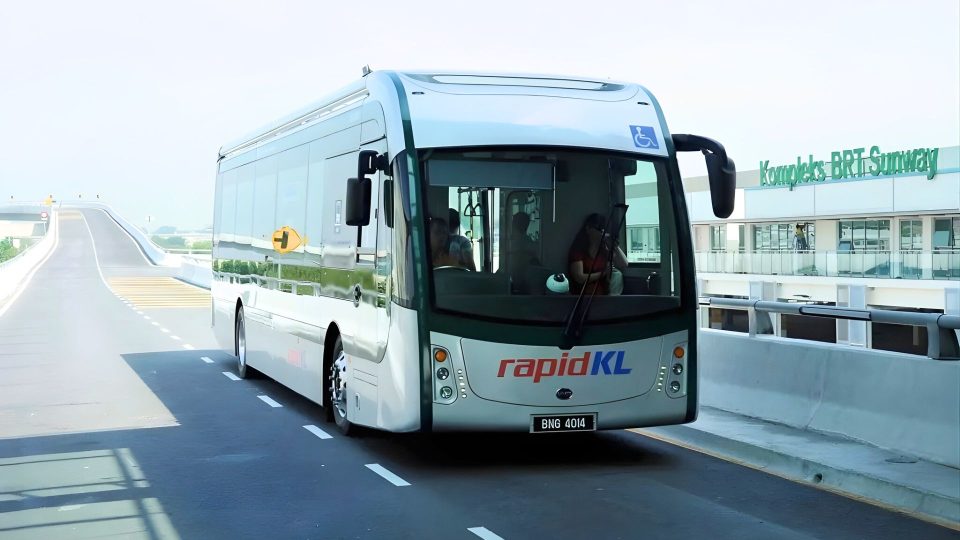ChargePoint, an interview with VP of Fleet Rich Mohr. Europe, fleets, trends, coaches
Fleets are being a key driver for electrification in Europe. ChargePoint turns (more heavily) to the European market and to the e-bus segment: in 2021 the American group has acquired has.to.be and the Dutch telematics company ViriCiti. We discussed with Rich Mohr, Global VP of Fleet at ChargePoint, outlooks and strategies of the group. Opening […]
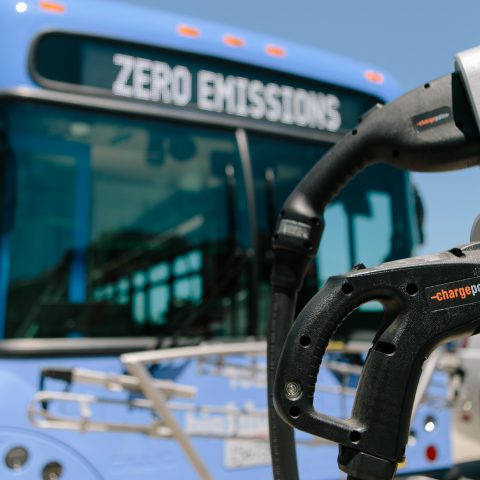
Fleets are being a key driver for electrification in Europe. ChargePoint turns (more heavily) to the European market and to the e-bus segment: in 2021 the American group has acquired has.to.be and the Dutch telematics company ViriCiti. We discussed with Rich Mohr, Global VP of Fleet at ChargePoint, outlooks and strategies of the group.
Opening image credit: Gillig
Rich Mohr: ChargePoint focusing on fleets
May you give us a picture of ChargePoint company today?

«ChargePoint is creating a new fueling network to move people and goods on electricity. Since 2007, ChargePoint has been committed to making it easy for businesses and drivers to go electric with one of the largest EV charging networks and a comprehensive portfolio of charging solutions. ChargePoint’s cloud subscription platform and software-defined charging hardware are designed to include options for every charging scenario from home and multifamily to workplace, parking, hospitality, retail and transport fleets of all types.
Today, one ChargePoint account provides access to over 150,000 of our own stations and an additional 200,000 through roaming agreements in North America and Europe. To date, more than 98 million charging sessions have been delivered, with drivers plugging into the ChargePoint network every two seconds or less».
First has.to.be, then ViriCiti. Two acquisitions with a common focus: the European market. Which trends do you observe on this market and which evolution do you expect in the coming years?
«These two acquisitions further solidify ChargePoint’s commitment to the European market and underscore the importance of software in scaling the category, whilst accelerating the company’s trajectory in terms of team, customers and technology.
The teams at both has·to·be and ViriCiti bring years of substantial experience in the complex EU charging market. They bring new centers of excellence with offices in the Netherlands, Austria, Munich and Vienna. These acquisitions not only bring people with years of experience in e-mobility and fleet into the fold, but also offer geographic diversity from a talent perspective.
We have long said that Europe was a key market for us and we have been fully committed to it since entering the market in 2017. With the combined acquisitions of has·to·be and ViriCiti, ChargePoint now has the most complete set of solutions for electrified fleets in Europe and North America.
In terms of trends, we believe we are going to continue to see a rapid move towards electrification in all forms of transport in Western and Northern Europe, quickly followed by the rest of the continent, with fleet being a key driver for this acceleration».
In which European countries are you active today?
«We are active in 16 countries across Europe today and have a physical presence (office) in the UK, the Netherlands, Germany and Austria. We have team members from a wide range of disciplines spread throughout the others».
We see a trend toward depot charging with larger batteries, together with a growing requirement for the deployment of on-route charging technology inside the depot. In this way operators can connect buses automatically, charge beyond the constraints of cable charging solutions and if necessary also utilise out of depot on-route chargers. We think it was always inevitable that depot charging would dominate compared to on-route charging
Rich Mohr, Global VP of Fleet at ChargePoint
ChargePoint: our offer for fleet operators
What is included today in your portfolio of products and services for public transport fleets?
«From concept to scale, ChargePoint’s global fleet solution portfolio includes everything fleets need to electrify and optimize fueling as they grow:
- Fleet management software, combined with ChargePoint’s AC and DC fast charging solutions, balance charging costs with operational readiness for light- to heavy-duty vehicles across depot, on-route and at-home charging.
- Expert design/build services ensure a smooth transition to electrification.
- Ongoing support and maintenance guarantee maximum uptime for essential fueling.
ChargePoint Express Plus, a scalable DC fast charging platform based on a software-defined DC hardware architecture, is soon to be added to our extensive hardware solutions. This industry leading platform minimizes power conversion equipment costs needed per site, whilst its modular design enables compliance with stringent uptime requirements.
Furthermore, ViriCiti has enhanced our already extensive technical offerings for public transport fleets by integrating information sources to optimize electric fleet operations, including battery management, charging station monitoring, OEM-agnostic telematics, vehicle maintenance and vehicle operations data. The combined solution enables fleets to identify what routes to electrify, monitor and report on uptime, optimize fueling to ensure operational readiness at low cost, and integrate vehicle and charging station management».
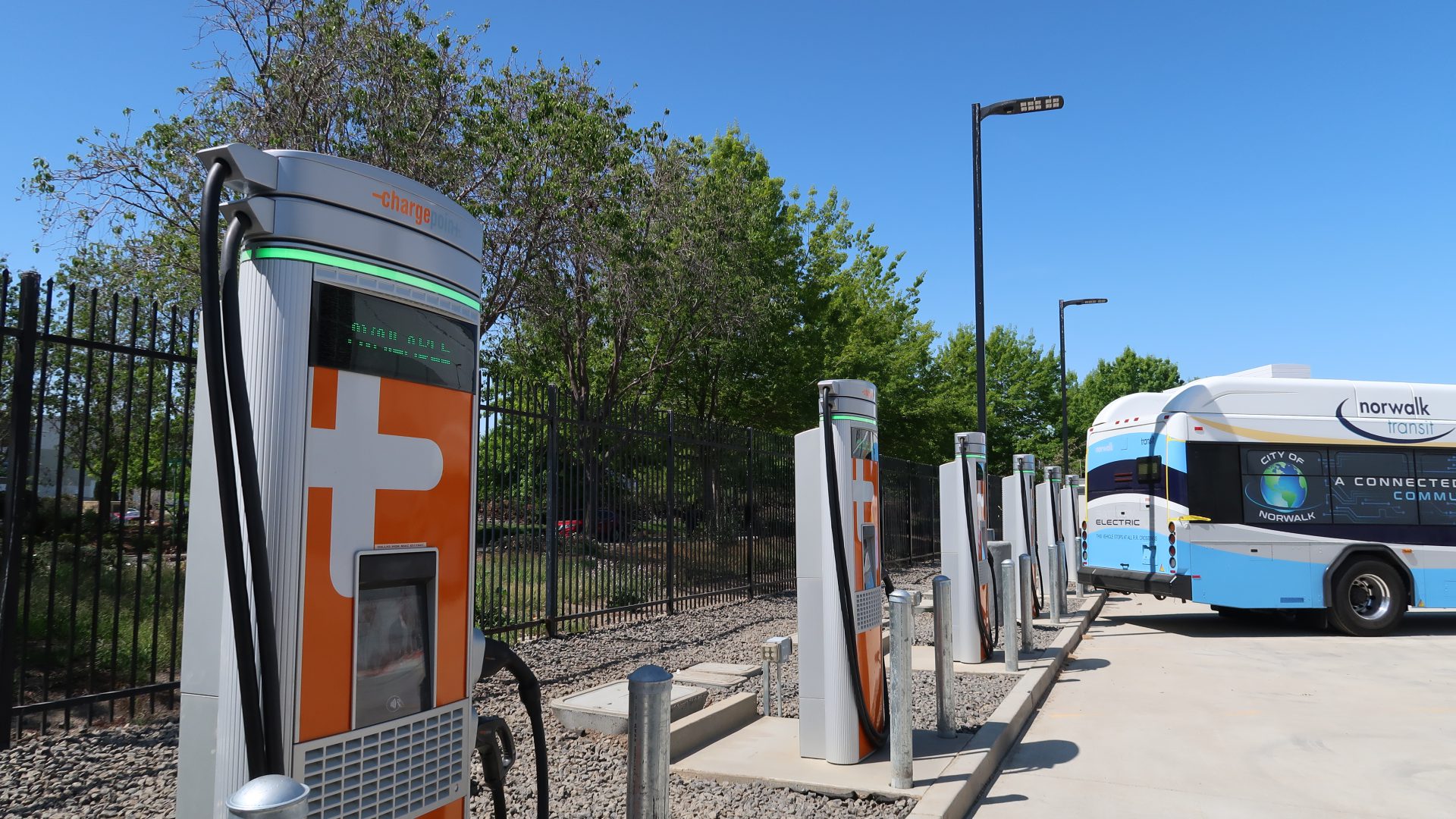
Do you have any specific offer for the public transport market? We assume you’ll be able to deliver both a full package as well as specific services (charging software, fleet monitoring…), is this correct?
«Yes, that is correct. ChargePoint can offer public fleets many solutions for their operation. From Hardware to Software to telematics we have the right solution for fleets to electrify. ChargePoint works carefully with Fleet customers so they can scale easily and have the same access, visibility and control they expect with their current fleet».
For long distance coaches to be viable as electric vehicles there needs to be both a network of available chargers along national and transnational routes and for a comprehensive management system to manage availability, pre-book access and to pay for energy. Once those building blocks are in place it should be possible for coaches to access corridor chargers in general and for successful long distance electrically fuelled coach operations to be realized
Rich Mohr, Global VP of Fleet at ChargePoint
Is there any case study you’d like to mention regarding the application of your solutions to the public transport market?
«We have been working closely with Gillig in San Francisco for quite some time. When you step onto a public transit bus in about 70% of cities in the U.S., it’s likely a Gillig. Founded in 1890 as a carriage and wagon shop in San Francisco, today Gillig is one of the top two producers of transit buses in North America. Gillig began developing a zero-emissions option to add to its fleet, and in 2019, the company integrated the Cummins electrified drivetrain into its low-floor platform. At the same time, Gillig began partnering with ChargePoint to test its battery electric buses throughout the new product development and validation processes. Inspired by a shared commitment to quality and reliability, Gillig now offers ChargePoint electric vehicle (EV) charging solutions to help meet their customers’ infrastructure requirements.
This is one of many stories of partnership we have within the industry, where we have offered more than just charging infrastructure, by helping industry leaders navigate electrification through advanced technical knowhow and 17 years of experience in charging».
Charging trends in Europe
Which is the share of the bus-related (and fleet-related) activities in your company’s business and how do you expect this to change in the future?
«We have been working with a number of public transit providers across North America and Europe for quite some time. Transit and fleet are a large and growing part of our business and one we are continuing to invest heavily in to maintain our leadership position in the space. The recent announcement of the industry’s most comprehensive electric fleet charging portfolio and our acquisition of ViriCiti are indicators of our commitment».
Are you planning to establish a European headquarter?
«We already have one in Amsterdam, the Netherlands».
We have long said that Europe was a key market for us and we have been fully committed to it since entering the market in 2017. With the combined acquisitions of has·to·be and ViriCiti, ChargePoint now has the most complete set of solutions for electrified fleets in Europe and North America.
We believe we are going to continue to see a rapid move towards electrification in all forms of transport in Western and Northern Europe, quickly followed by the rest of the continent, with fleet being a key driver for this acceleration
Rich Mohr, Global VP of Fleet at ChargePoint
In Europe we are lately witnessing a trend towards depot charging technology, with buses equipped with large batteries and decreasing adoption of en-route charging technologies. How do you see such a development and which trends are you observing in other areas of the world?
«We also see a trend toward depot charging with larger batteries, together with a growing requirement for the deployment of on-route charging technology inside the depot. In this way operators can connect buses automatically, charge beyond the constraints of cable charging solutions and if necessary also utilise out of depot on-route chargers. We think it was always inevitable that depot charging would dominate compared to on-route charging. We see this for example in North America where operators are using out of depot high power chargers to maintain SOC and keep buses on the road for longer. However, there is no doubt on-route charging as originally conceived will continue to play a role in the electric bus fuelling eco-system».
Delivery vans and public transport buses. Do you see future possible opportunities for the integration of charging networks? And, in general, which integrations should we expect between charging infrastructures of different kind of vehicles?
«Delivery vans could be an ideal fit with an electric bus depot, whereby the same infrastructure is used to charge both vehicle types at different times. This will require co-ordination between both groups of operators to manage access and for a charge management solution with sufficient capability to manage and transact the charging sessions. Each vehicle type will need to be compatible and for several of the van OEM’s this would mean providing an option of CCS DC charging. In theory this co-location or charging hub concept could be extended to include any other compatible vehicle type, allowing for example, delivery trucks and taxis to utilize public transport bus charging equipment, often located in convenient urban locations with available parking, while buses are in service».
Nowadays e-mobility, especially when it comes to heavy-duty fleets, is a matter of urban mobility. The technology may allow the deployment of battery-electric coaches on short-medium distances, but infrastructures are missing, resulting in a kind of ‘chicken and egg’ issue. Do you have any project regarding the electrification of long distance coach operations?
«We are working on a number of initiatives in the San Francisco Bay Area to provide electrification solutions for electric passenger coaches. Though still in the early stages of development, vehicles with large batteries are coming on stream from some of the major OEM’s in that sector and being trialled with service providers in the Bay Area on their existing services.
For long distance coaches to be viable as electric vehicles there needs to be both a network of available chargers along national and transnational routes and for a comprehensive management system to manage availability, pre-book access and to pay for energy. Once those building blocks are in place it should be possible for coaches to access corridor chargers in general and for successful long distance electrically fuelled coach operations to be realized».

